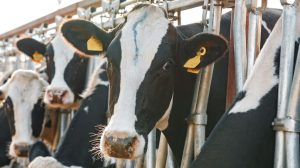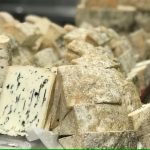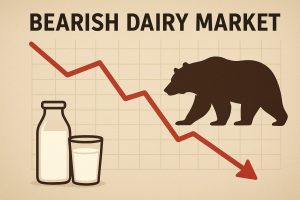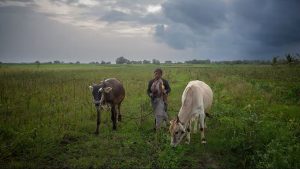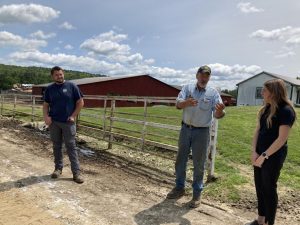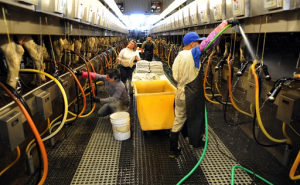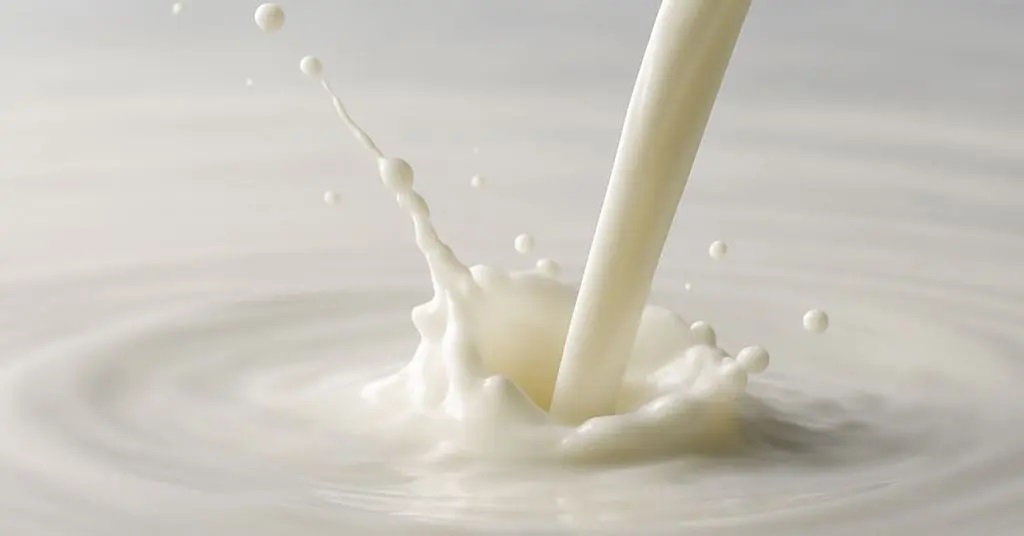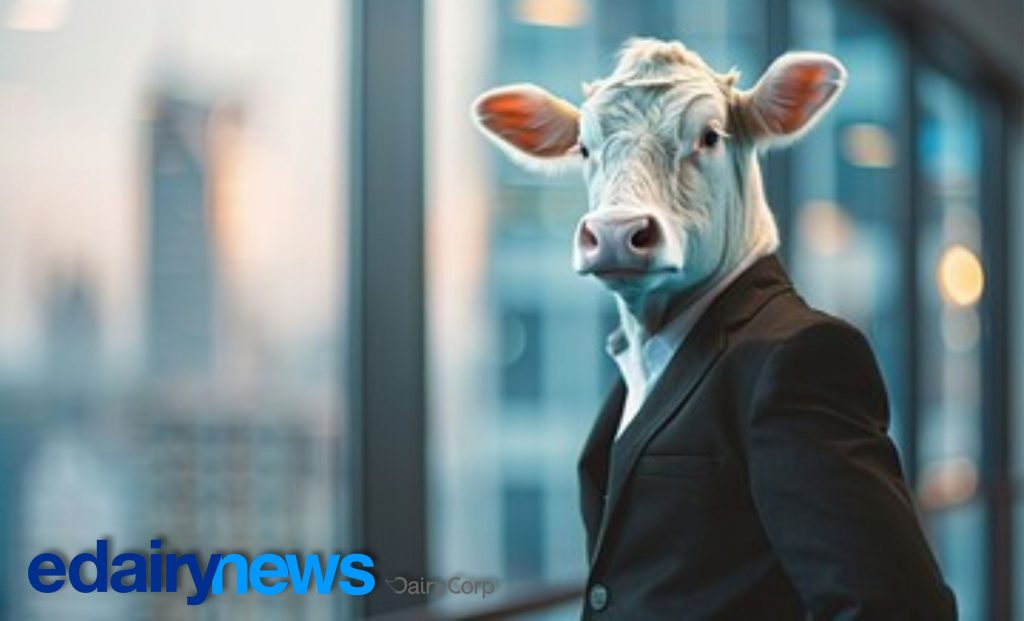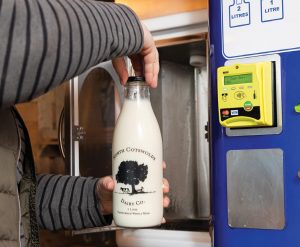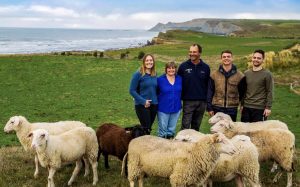At their current pace, California dairy farmers are expected to meet the state’s goal for reducing methane emissions from their farms ahead of schedule.
Though methane digesters are often credited for doing most of the heavy lifting, California dairy farmers have been implementing other technologies and conservation practices that help them move the needle toward sustainability.
The California Dairy Sustainability Summit in Visalia last month highlighted how they’re leading the way, with a message that dairy farmers are improving not just their environmental stewardship but also strengthening the economic sustainability of the sector.
“You embrace sustainability because you want the operation, the land, the cattle, genetics and everything about that infrastructure to be better for the next generation and the generation after that,” California Department of Food and Agriculture Secretary Karen Ross said in her opening remarks.
To encourage dairy farmers to adopt climate-smart technologies and practices, Frank Mitloehner, a University of California, Davis, professor and air quality specialist, said the state’s “carrot” approach works.
A UC Davis analysis, of which Mitloehner is an author, shows that incentive-based programs that drive voluntary efforts by dairy farmers should by 2030 achieve the 40% dairy methane reduction that state lawmakers called for without the need for direct regulatory action.
The use of this voluntary, incentive approach is important, he said, as it’s not been tried before, and “people are carefully watching” to see if it works. The rest of the world, he noted, uses the “cane” approach, with rules, regulations, fines and taxes to force producers to reduce emissions.
Through herd attrition, manure digesters and alternative manure management practices, California dairy farms have so far reduced nearly 5 million metric tons of carbon dioxide, or CO2, emissions. That’s more than two-thirds of the state’s goal. Another 250,000 to 2 million metric tons of CO2s are expected to be cut through enteric methane reductions and feed additives, which have yet to come online.
Together, the four steps are expected to allow the industry to reduce methane emissions by 7.61 million to 10.59 million metric tons by 2030—exceeding the state’s goal of 7.2 million metric tons, Mitloehner said.
Darrin Monteiro, senior vice president of sustainability and member relations for California Dairies Inc., the state’s largest dairy cooperative, said the company is committed to sustainability and is on track to achieve its goal of reducing emissions by 30% by 2030. But there must be investment, he stressed—whether by the government, buyers or consumers—to help the industry pay for solutions.
As a buyer, Daniel Peerless, Nestlé’s global sustainable sourcing lead for dairy, meat, poultry and eggs, acknowledged the challenge large food companies have trying to communicate to consumers in a simple message some of the accomplishments dairy farmers have made in sustainability.
“Nestlé doesn’t sell milk; it sells products with dairy ingredients,” he said. Even though there’s much happening on the farm that deserves touting in depth, “you can’t put that on a label.”
Polina Surina, senior strategic sourcing manager for Mars, agreed, saying messaging remains difficult even for dairy products such as ice cream, but “we’re making first steps, baby steps.”
Several dairy farmers spoke about the importance of increasing efficiency to achieve greater sustainability.
Jared Fernandes, who operates Legacy Ranches in Tulare County with his brothers Frank and Josh, was an early adopter of sustainable practices. The farm uses a digester, conservation tillage, LED lighting and feed additives to increase milk production.
He said he and his brothers have always embraced efficiency and implemented the various technologies and practices on the farm with and without incentives.
“We do a lot of things that you don’t hear about, that I think are sustainable,” Fernandes said.
For example, they installed solar panels, using much of the power to pump water. They bag all their feed rather than putting it in piles. This reduces shrinkage by 10%, which means they don’t have to grow as many acres of the crop.
They also switched from Holstein to Jersey cows, which consume 30% less forage, decreasing their water use.
Legacy Ranches, which milks 4,500 cows, participates in the state Healthy Soils Program and practices regenerative agriculture. The brothers grow no-till wheat, strip-till corn and cover crops to enhance soil health, though tight water supplies have forced them to reduce cover cropping.
Even though digesters remain a critical tool for reducing methane on dairies, Fernandes acknowledged the technology may not be feasible for smaller dairies with fewer than 2,000 cows. Some dairies are looking to vermiculture, or worm composting, to reduce methane emissions, he noted.
Other options include mechanical separators and weeping walls, both of which separate solids and liquids from cow manure and can be used by smaller-scale dairies. Feed additives such as Bovaer have been shown to reduce enteric methane emissions, or cow burps.
CDI’s Monteiro said he thinks genetics will play a huge part in allowing large and smaller farms to become more efficient. Dairy farmers already use genetic testing to breed better cattle, including making so-called “beef-on-dairy” crossbreeds that can be sold for a higher price.
Ralph Bruno, senior dairy technical service veterinarian for Zoetis, said genomic testing can predict a variety of traits, including genetic risk for diseases such as mastitis and metritis. It can also predict an animal’s production and fertility. Having this information allows producers to manage their herds differently and make better decisions, he said.
Merced County dairy farmer Simon Vander Woude has been using genetic testing since 2012. He runs a Holstein herd, with 60% of the calves born on his dairy being Angus-Holstein crosses. His beef-on-dairy program has allowed his dairy to become “an integral part of the beef supply chain,” he said.
Like Fernandes, Vander Woude said he believes efficiency is key to sustainability, as it means “doing more with less, and genomics has allowed us to do that.” His average number of lactations per cow is up to 2.7 compared to 2.2 to 2.3 when he started genomic testing. His cull rate is about 30%.
“We are creating more milk with fewer cows, more components in the milk with fewer cows,” he said. “That’s fewer mouths eating, fewer heifers.”
As with any new technology or practice, Monteiro of CDI said there’s “general fear” among farmers about adoption, especially if there’s limited implementation in the state or industry. He encouraged government and service providers to help manage farmers’ risk and be vocal and clear about the benefits of what they want farmers to adopt, to ease farmers into it. Farmers, he said, are not “taking a leap of faith with you just because you’re a nice person.”
“They’re taking a leap of faith because they think it’s going to be better for their business long term,” Monteiro said. “But if that decision means putting their family farm at risk, you might as well just keep driving.”
